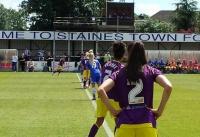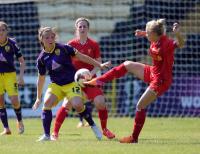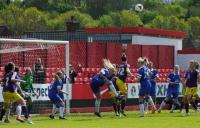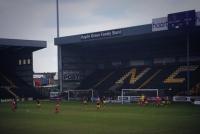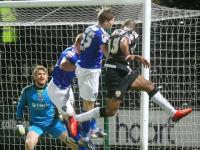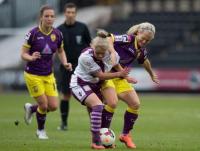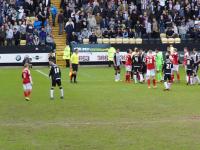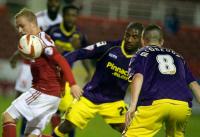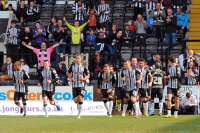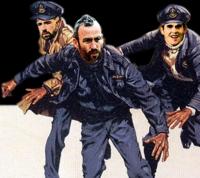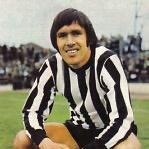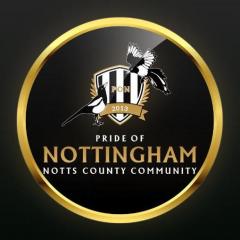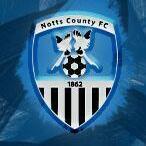
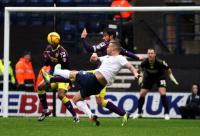
The 1888-89 season saw Preston remain unbeaten throughout, and would go on to become English football's first "Invincibles", a feat which remained unbroken until 2003-04 when Arsenal also went a whole top-flight season without losing.
So really, Notts being thumped so heartily wasn't quite as bad a result as it seems!
Aside from Preston going the whole season unbeaten, they were also the first EVER winners of the Football League. Oh, and they won the FA Cup that year too!
The two clubs have met a total of 87 times, and sadly (for us Notts fans) the Lilywhites have the upper hand by quite a significant margin. They're won 41 times, while the Magpies have won 23 games. 23 draws have taken place.
The two teams that have played the most games overall in the Football League are, in fact, Notts County and Preston North End!
Meanwhile, Preston are ranked as the fourth most-successful English football club of all time domestically.
Over the years, there have been some varied scorelines. We've talked about the 7-0 back in 1888, but we've also had 6-2, 6-1, 6-0, 4-3 and 4-2.
Recently, meetings have been tamer (from a goal-scoring perspective). Since the turn of the millennium, only seven goals have been scored in the eight games we’ve played. Notts County scored only one of those, back in March 2000 when we last beat them (1-0).
Notts’s recent record against Preston is, sorry to say, pretty dire. We’ve lost the last three encounters against them, and worse still, have only beaten them once in the last FOURTEEN clashes. Oh, and we haven’t even scored against them in seven games. Suffice to say, they are a bit of a bogey team for us.
The National Football Museum was originally situated in Deepdale, Preston, but was moved to Manchester in 2012.
Deepdale was used as the venue for the England U21s when they played Iceland in March 2011. Deepdale was used again at the end of the 2011-2012 season to host three U19s Elite Round matches with England, Slovenia and Switzerland all taking to the famous pitch. The three games were held at the end of May over six days.
Preston have made the play-offs in a record eight seasons, spanning all three league divisions, but have not yet been promoted via this route.
Preston will be without new signing Kyel Reid and Lee Holmes after they were ruled out with knee and chest injuries respectively.
Defender Bailey Wright has declared himself fit following his call-up to Australia's World Cup squad.
Notts are without long-term injury victim Jimmy Spencer and fellow striker Danny Haynes, while there will be debuts for virtually everyone in the starting XI.

